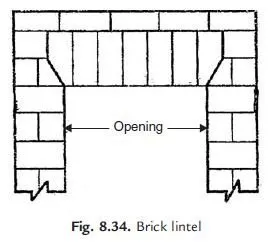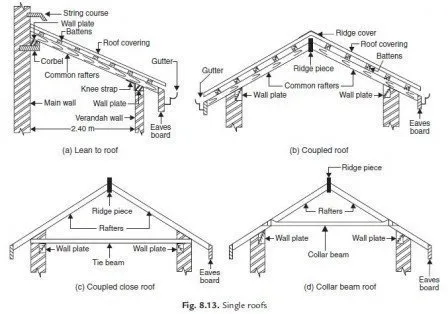Applying mortar coats on the surfaces of walls, columns, ceiling etc. to get smooth finish is termed as plastering. Mortar used for plastering may be lime mortar, cement mortar or lime-cement mortar. Lime mortar used shall have fat lime to sand ratio of 1 : 3 or 1 : 4. If hydraulic lime is used mix proportion (lime: sand) is 1 : 2. Cement mortar of 1 : 4 or 1 : 6 mix is very commonly used for plastering, richer mix being used for outer walls. To combine the cost effectiveness of lime mortar and good quality of cement mortar many use lime-cement mortar of proportion (cement : lime : sand) of 1 : 1 : 6 or 1 : 1 : 8 or 1 : 2 : 8.
The objective of plastering are:
1. to conceal defective workmanship
2. to give smooth surface to avoid catching of dust.
3. to give good look.
4. to protect the wall from rain water and other atmospheric agencies.
5. to protect surfaces against vermit.
Requirement of good plaster are:
1. It should adhere to the background easily.
2. It should be hard and durable.
3. It should prevent penetration by moisture
4. It should be cheap.
Lime mortar is usually applied in 3 coats while cement mortar is applied in two or three coats for the stone and brick masonry. For concrete surfaces cement mortar may be applied in two or three coats.
For concrete building blocks many times only one coat of cement mortar is applied.
The first coat provides means of getting level surface. The final coat provides smooth surface. If three coats are used second coat is known as floating coat. The average thickness of first coat is 10 to 15 mm. Middle coat thickness is 68 mm. The final coat is just 2 to 3 mm thick. If single coat is used its thickness is kept between 6 to 12 mm. Such coats are used on concrete surfaces not exposed to rain.





